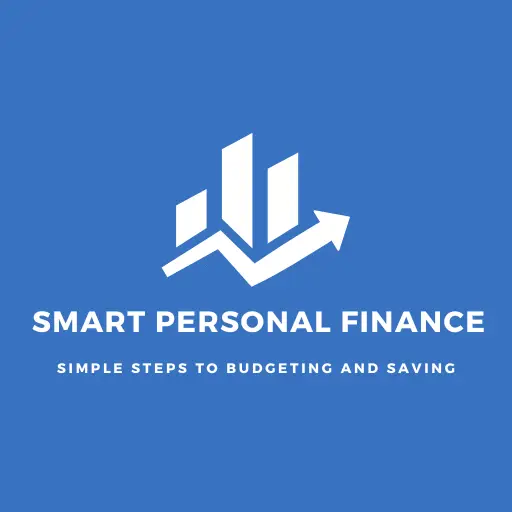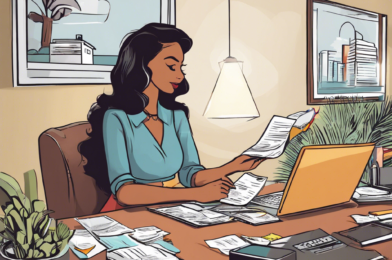Getting out of debt can feel like a daunting task, but with the right strategies and mindset, you can take control of your finances and say goodbye to debt faster than you think. Debt is a common challenge for many individuals, but it doesn’t have to be a lifelong burden. Here’s a step-by-step guide to help you accelerate your debt payoff journey and achieve financial freedom.
Step 1: Understand Your Debt
The first step to getting out of debt is to gain a clear understanding of your financial situation. Make a comprehensive list of all your debts, including credit cards, personal loans, student loans, and any other outstanding payments. Note the total amount owed, interest rates, and minimum monthly payments for each debt. This overview will give you a clear picture of the entire debt you’re dealing with and help you prioritize the next steps.
Step 2: Create a Budget
Budgeting is a powerful tool for debt payoff. Calculate your monthly income and expenses to create a realistic budget. Allocate your income to cover essentials like rent, utilities, and groceries, and then determine how much you can dedicate to debt repayment. Consider using budgeting apps or spreadsheets to track your spending and ensure you stay on course.
Step 3: Prioritize High-Interest Debts
Not all debts are created equal. Focus on paying off high-interest debts first as they accumulate interest faster, making it harder to get ahead. Target debts like credit cards or payday loans, which typically carry higher interest rates, and pay more than the minimum due to reduce the principal amount quicker.
Step 4: Explore Debt Consolidation or Refinancing
Debt consolidation or refinancing can help lower your interest rates and simplify repayment. Consider consolidating your debts into a single, lower-interest loan or transferring credit card balances to a card with a 0% introductory APR. This strategy can save you money on interest, allowing you to pay off the principal debt faster.
Implementing these strategies will put you on the fast track to becoming debt-free. Remember, successful debt payoff requires discipline, consistency, and a commitment to financial literacy.



